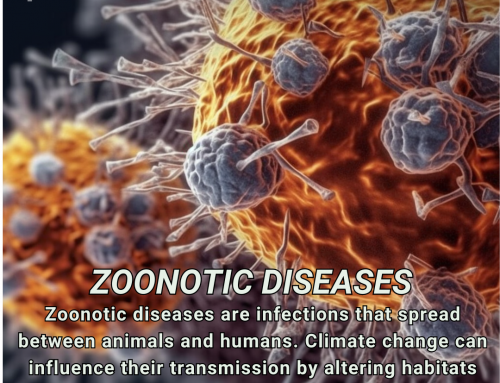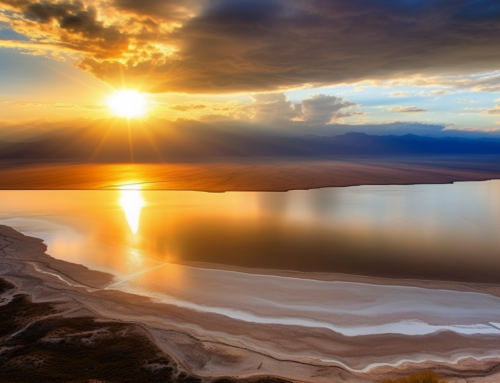
The polar vortex is a large area of low pressure and cold air that typically circulates over the Arctic region during the winter months. The vortex is formed by the interaction between the Earth’s atmosphere and the polar jet stream, a high-altitude, fast-moving river of air that circles the polar regions.
When the polar vortex is strong, it helps to keep cold air trapped near the Arctic, preventing it from moving southward into lower latitudes. However, when the vortex weakens, cold air can be displaced southward, leading to colder temperatures and extreme winter weather events in regions like North America and Europe.
It’s important to note that the polar vortex is a natural phenomenon that has always existed, but its behavior can be influenced by a variety of factors, including changes in the climate and atmospheric conditions.
The recent winter storms that have swept across the United States have once again put the polar vortex in the spotlight. The polar vortex is a phenomenon that has been known to scientists for decades, but in recent years it has become a popular topic of discussion due to its potential link to climate change.
According to a recent article published in InsideClimate News, climate change may be playing a role in the recent harsh winter storms. The article explains that as the Arctic warms faster than the rest of the planet, the temperature difference between the Arctic and lower latitudes decreases. This can weaken the polar vortex, making it more likely that cold air will be displaced southward.
The article also points out that climate change can lead to changes in the jet stream, which can in turn influence the behavior of the polar vortex. For example, a weakened jet stream can cause the polar vortex to become more wavy and elongated, which can increase the likelihood of cold air outbreaks in lower latitudes.
A similar argument is presented in a recent article by Yale Climate Connections. The article explains that the polar vortex has always existed, but its behavior can be influenced by a variety of factors, including changes in the climate and atmospheric conditions. The article cites a study that found that the polar vortex has become more unstable in recent decades, which has led to an increase in extreme weather events in the Northern Hemisphere.
The article also explains that climate change can lead to changes in the Arctic’s sea ice, which can in turn influence the behavior of the polar vortex. As the Arctic sea ice melts, it exposes more open water, which absorbs more sunlight and heats up the atmosphere. This can cause the Arctic to warm even faster, which can weaken the polar vortex and increase the likelihood of extreme winter weather events.
Overall, it seems that there is a growing body of evidence to suggest that climate change is influencing the behavior of the polar vortex, and that this in turn is contributing to more frequent and intense winter weather events in many parts of the world. While more research is needed to fully understand the complex interactions between climate change, the polar vortex, and extreme weather, it is clear that we need to take action to address the root causes of climate change if we want to avoid even more severe weather events in the future.






